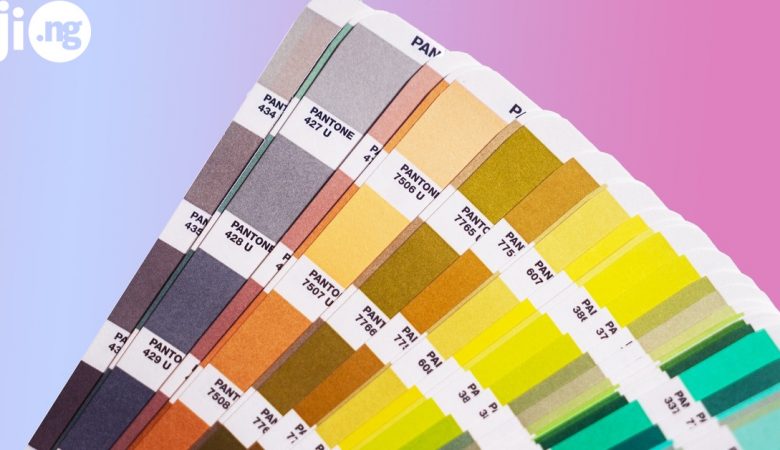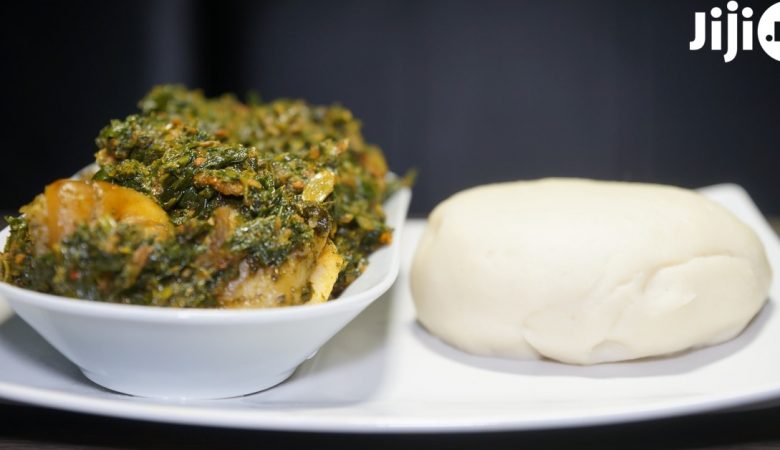Fertilizer is the most essential component of growing plants. Agriculture today cannot be imagined without a regular use of fertilizer. Using fertilizer has a number of advantages for farming: it brings soil to an optimal texture, supplies it with the necessary nutrients, and provides better growing conditions for trees, shrubs, vegetables, and flowers.
The chemical science keeps unveiling new and improved types of fertilizers used in agriculture every year, which means that choosing the right one for your needs may be quite challenging. Check out the most popular types of fertilizer and how to use them.
Buy everything you need for agriculture and foodstuff on Jiji
1. Organic or inorganic?
One of the most important choices every farmer has to make is between organic and inorganic fertilizers.
Organic fertilizer is made from all-natural components such as manure, compost, wood ash, and peat moss. Organic fertilizer can be produced right at home, but there is one significant downside: without the special additives, the fermentation process usually takes too long. You can speed up the process by using special additives or buy organic fertilizer from other farmers.

Inorganic fertilizer can be also made with natural ingredients, but they always include various chemicals like phosphorus, potassium, and nitrogen. Inorganic fertilizer is lightweight and easier to transport than its organic counterpart, but certain types of inorganic fertilizing products can eventually damage the soil after years of continuous use.
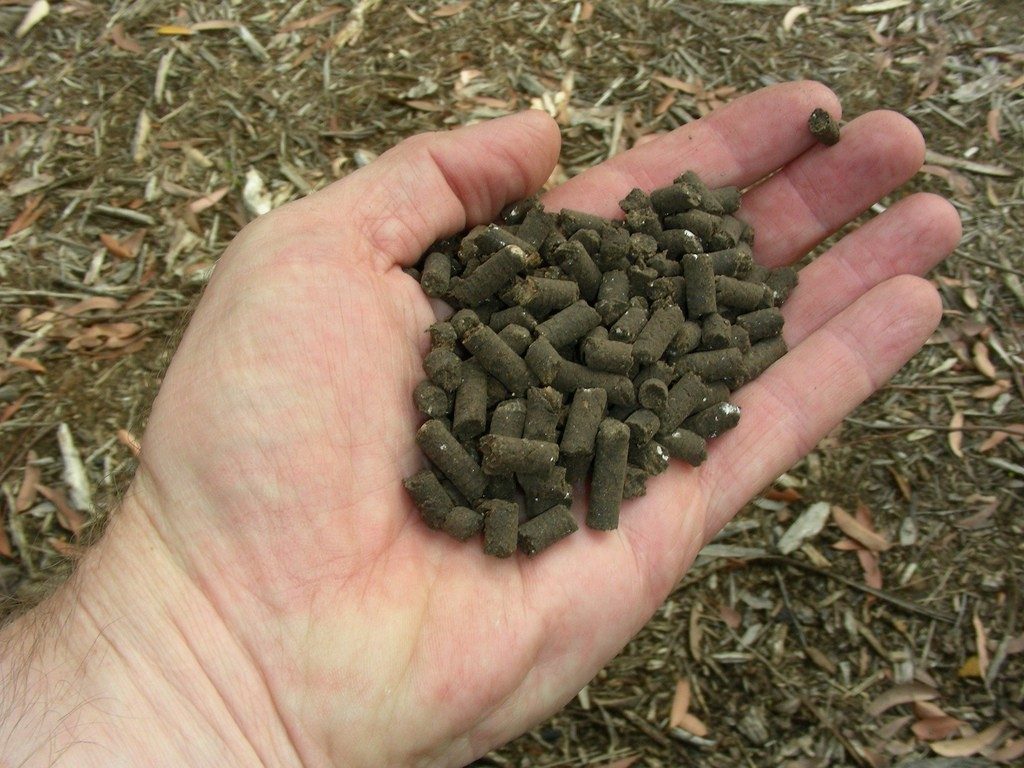
2. Liquid or solid?
Another popular way to distinguish between the different types of fertilizer is their texture: whether it’s liquid or solid.
The biggest advantage of liquid fertilizer is its instant effect. Farmers love liquid fertilizer thanks to the fact that it can be delivered and used within a few hours, and the first results don’t keep you waiting either. However, due to quick absorption by the soil, liquid fertilizing products need to be applied every two to three weeks for maximum effect.

Solid fertilizers come in various sizes and shapes, but they all need contact with water to begin the fertilization process. You can find two main varieties of solid fertilizers: quick-release and slow-release. Quick-release fertilizers can be effective for up to four weeks, while slow-release products have a significantly longer run time. You’ll need mechanical spreaders to evenly dispense your solid fertilizer.
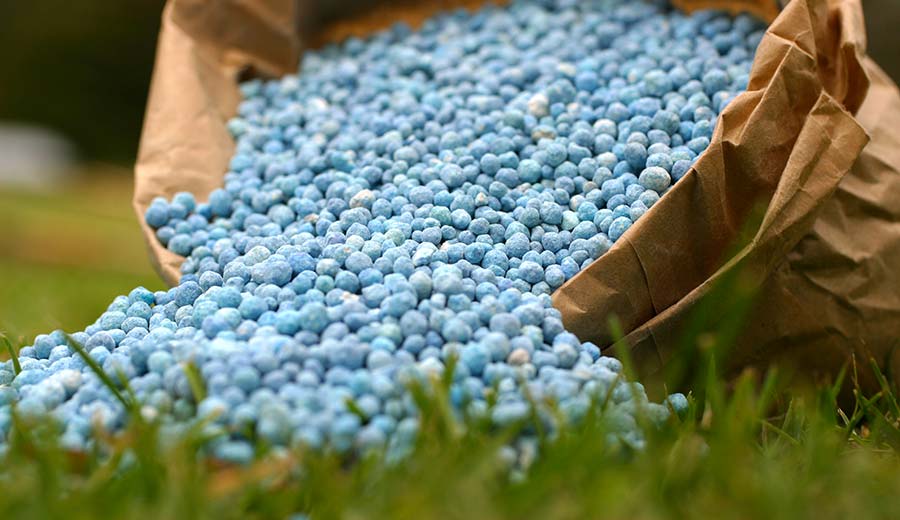
3. Super Gro fertilizer
Today we’ll focus on GNLD Super Gro fertilizer, as it’s the most popular type of fertilizer used in Nigeria nowadays. Super Gro is an inorganic liquid fertilizer that comes in large canisters. It can be used for both outdoor and indoor plants, is completely harmless to produce, has a long shelf life, and is a highly economical fertilizing solution.
Super Gro was designed specifically for farmers who know the value of water and want to make every drop of water count. This fertilizer breaks the surface tension of water, helping it reach deeper into the soil, which delivers the essential nutrients to the plants and helps them grow quicker.
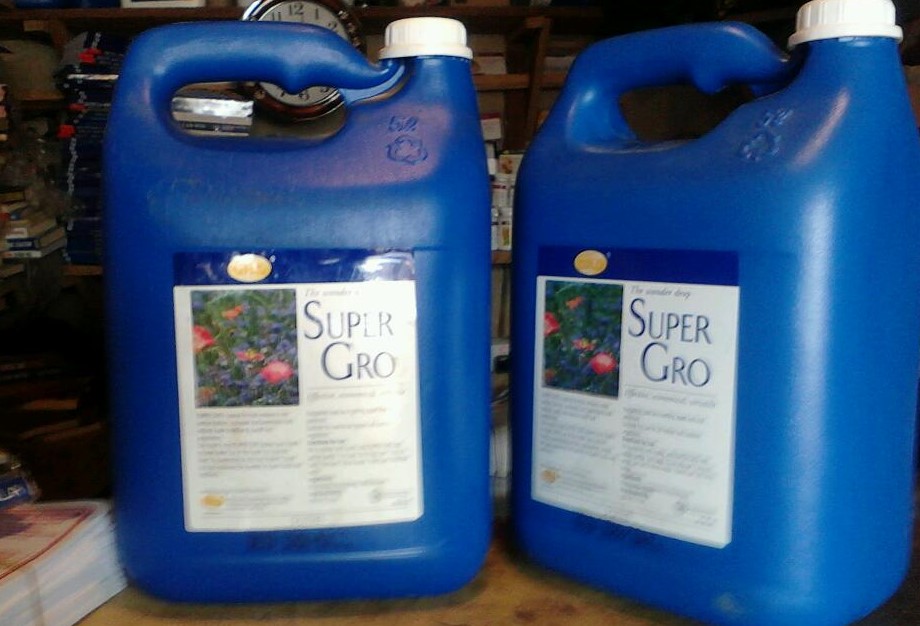
4. How to use Super Gro
If you’re ready to open up a new page in your farming story, here is everything you need to know about using Super Gro.
This fertilizer can be used with hundreds of different types of produce; the most popular ones include cassava, carrots, beans, tomatoes, groundnuts, watermelons, plantains, onions, rice, beans, carrot, banana, and a wide range of other veggies, fruits, trees, and shrubs.
To prepare the Super Gro solution, use 1ml of Super Gro per 1L of clear water. It means that if you want to make 5L of ready-to-use fertilizer, use 5ml of Super Gro and 5L of water, and so on.
Mix the solution gently and put it into a spray container. Spray the stem and the leaves of your plants. Repeat the process every 2, 3, or 4 weeks. Make sure to apply the fertilizer before the plants begin sprouting flowers – that way you’ll ensure maximum efficiency from your Super Gro.
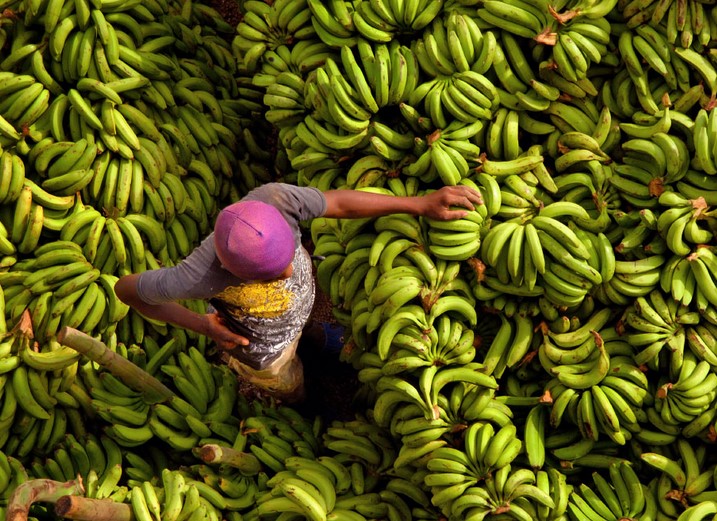
Become a successful farmer with the Jiji app

